News Desk

About 1,300 years ago a scribe in Palestine took a book of the Gospels inscribed with a Syriac text and erased it. See the research here.
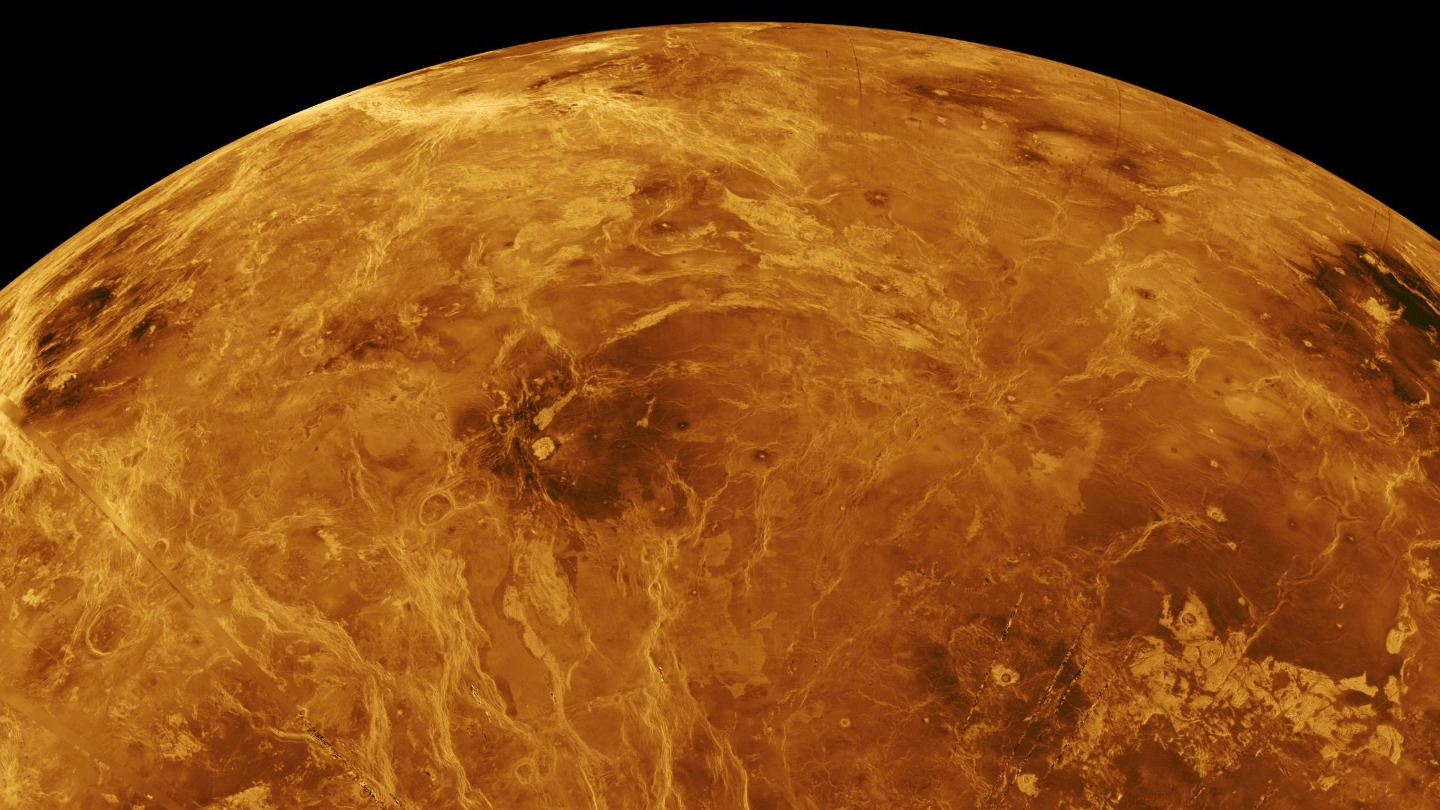
The hellscape of Venus is riddled with even more volcanoes than scientists thought. See the research here.
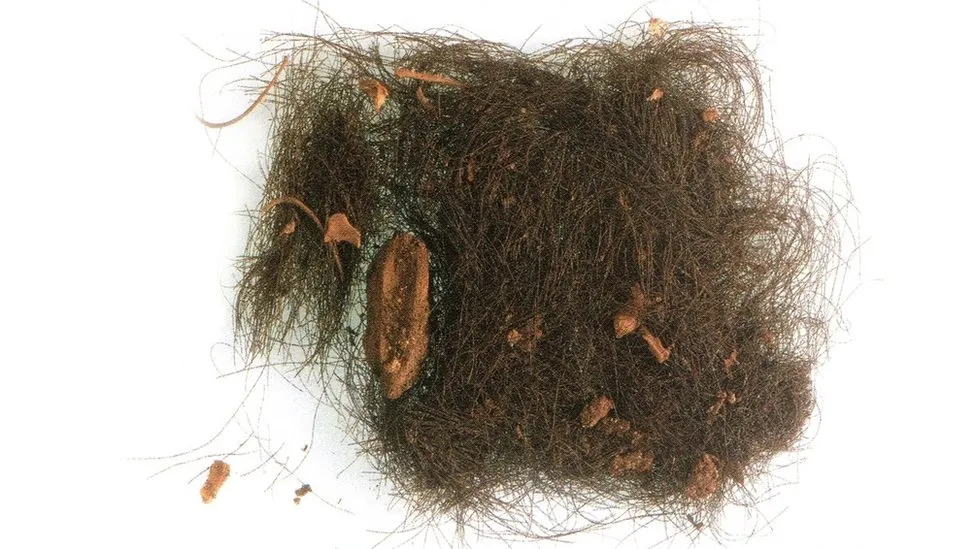
People were getting high on hallucinogenic drugs in Spain around 3,000 years ago, according to new research.
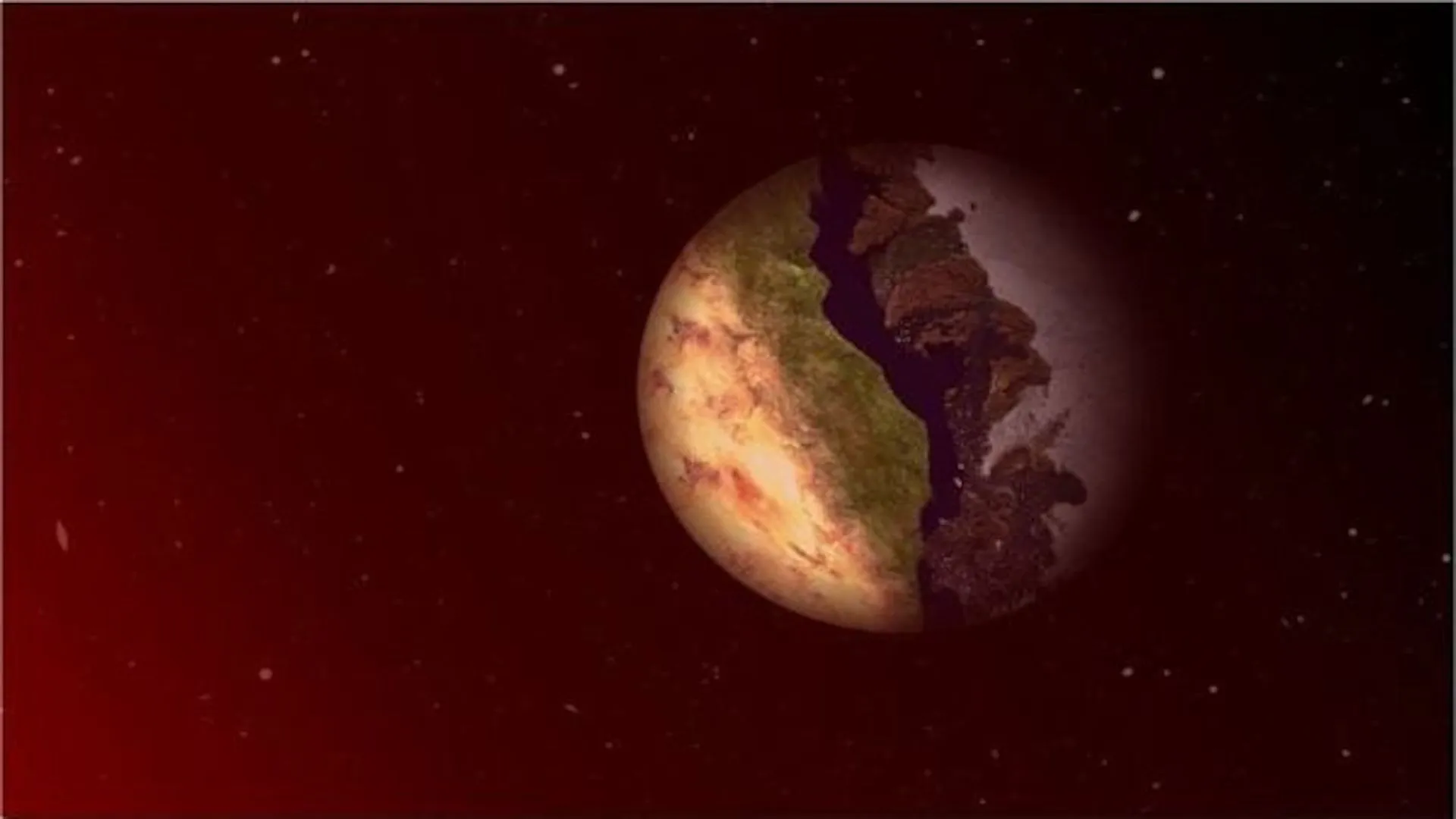
In a new study, astronomers propose that extraterrestrial life could exist in so-called terminator zones, the border between light and dark halves of an exoplanet.
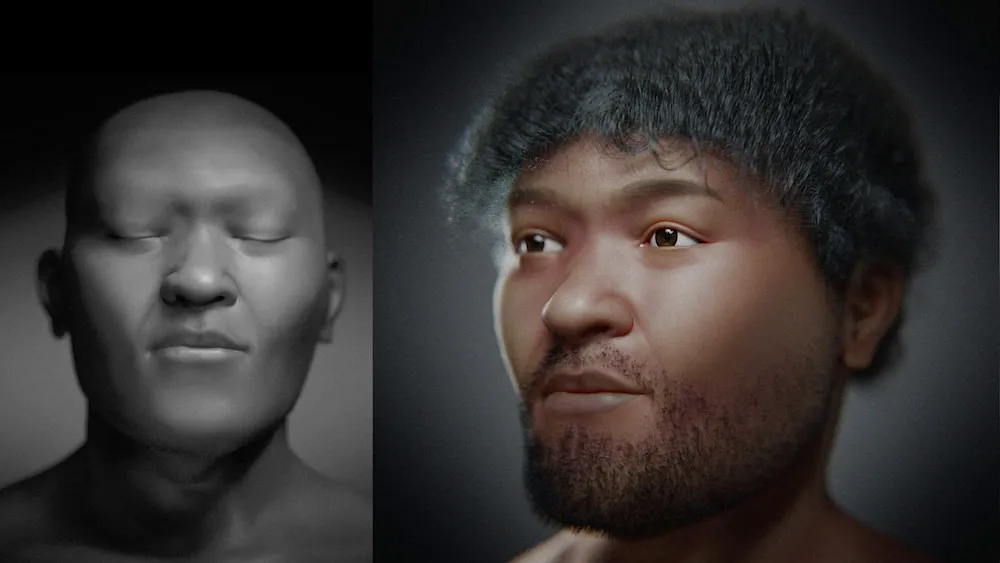
See the oldest human ever found in Egypt in a stunning new facial approximation.

One of the most well-studied chemical processes in nature, photosynthesis, may not work quite how we thought it did, scientists have accidentally discovered. See the study here.

The first physical evidence of an ancient practice previously known only from iconographic and literary sources—12 to 18 right hands buried beneath pits in an ancient Egyptian palace. See the study here.
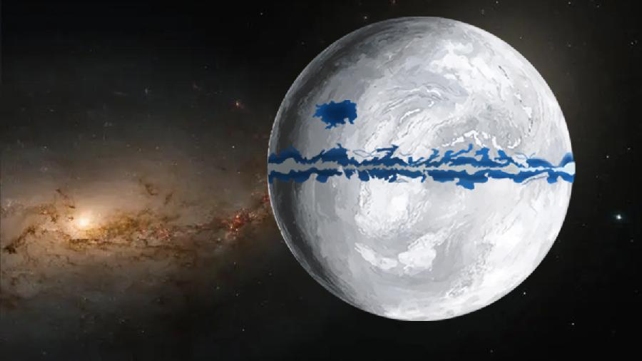
A new study by researchers from China and the UK is the latest to suggest ‘Snowball Earth’ wasn’t completely covered in ice – and might have even exhibited habitable open-ocean conditions far away from the equator.

Chief executive and founder of space company ALE, Dr Lena Okajima, says she wants to “inspire wonder and spark scientific curiosity” with an awe-inducing multi-coloured meteor shower, but also hopes to collect crucial atmospheric data that helps humankind tackle climate change.
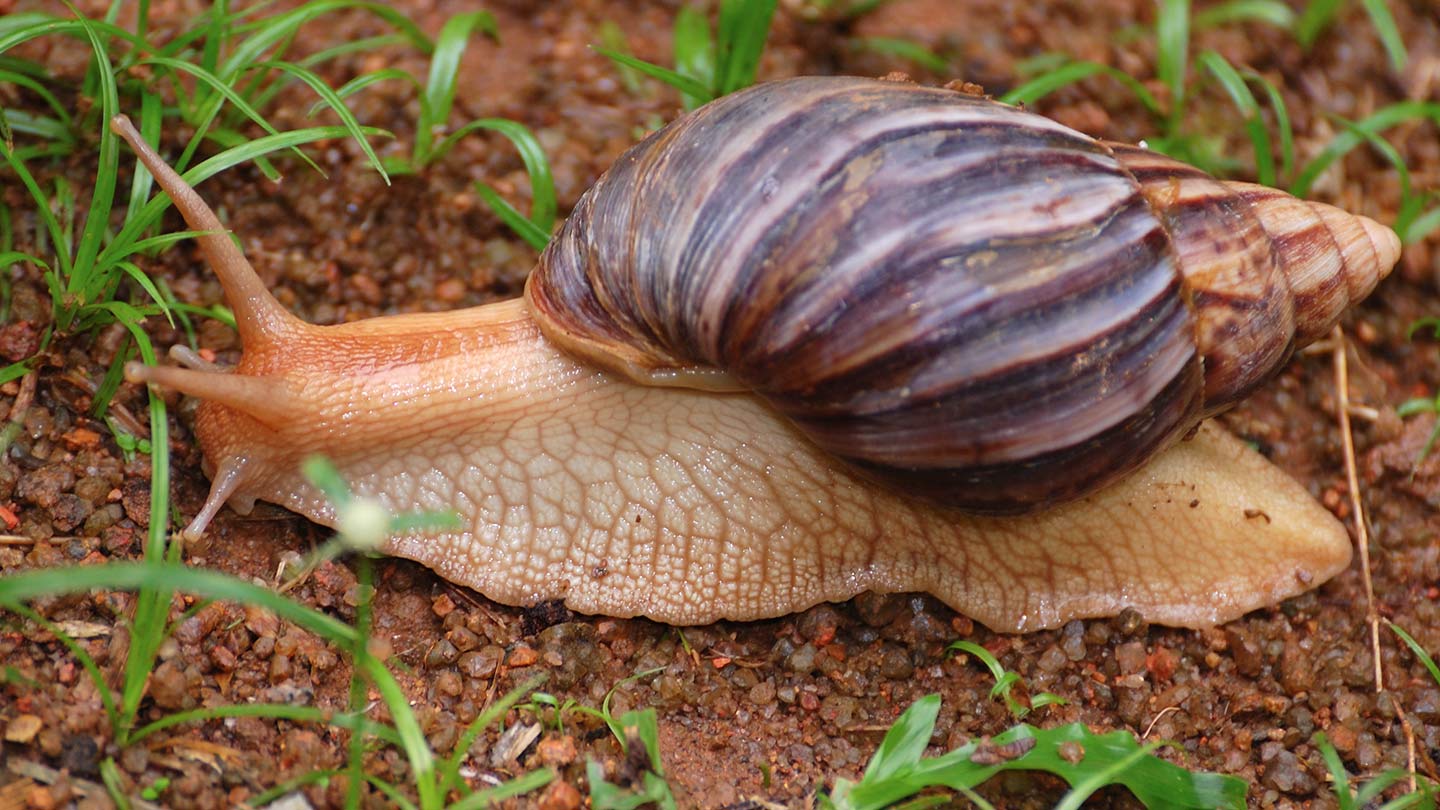
Until now, the oldest evidence of Homo sapiens eating land snails dated to roughly 49,000 years ago in Africa and 36,000 years ago in Europe. But tens of thousands of years earlier, people at a southern African rock shelter roasted these slimy, chewy — and nutritious — creepers that can grow as big as an adult’s hand, researchers report in the April 15 Quaternary Science Reviews.

A study of U.S. Special Operations Forces Veterans participating in an ibogaine and 5-MeO-DMT treatment in Mexico showed that participants treated with these psychedelic substances showed a significant reduction in alcohol misuse 1 month after the start of the treatment.
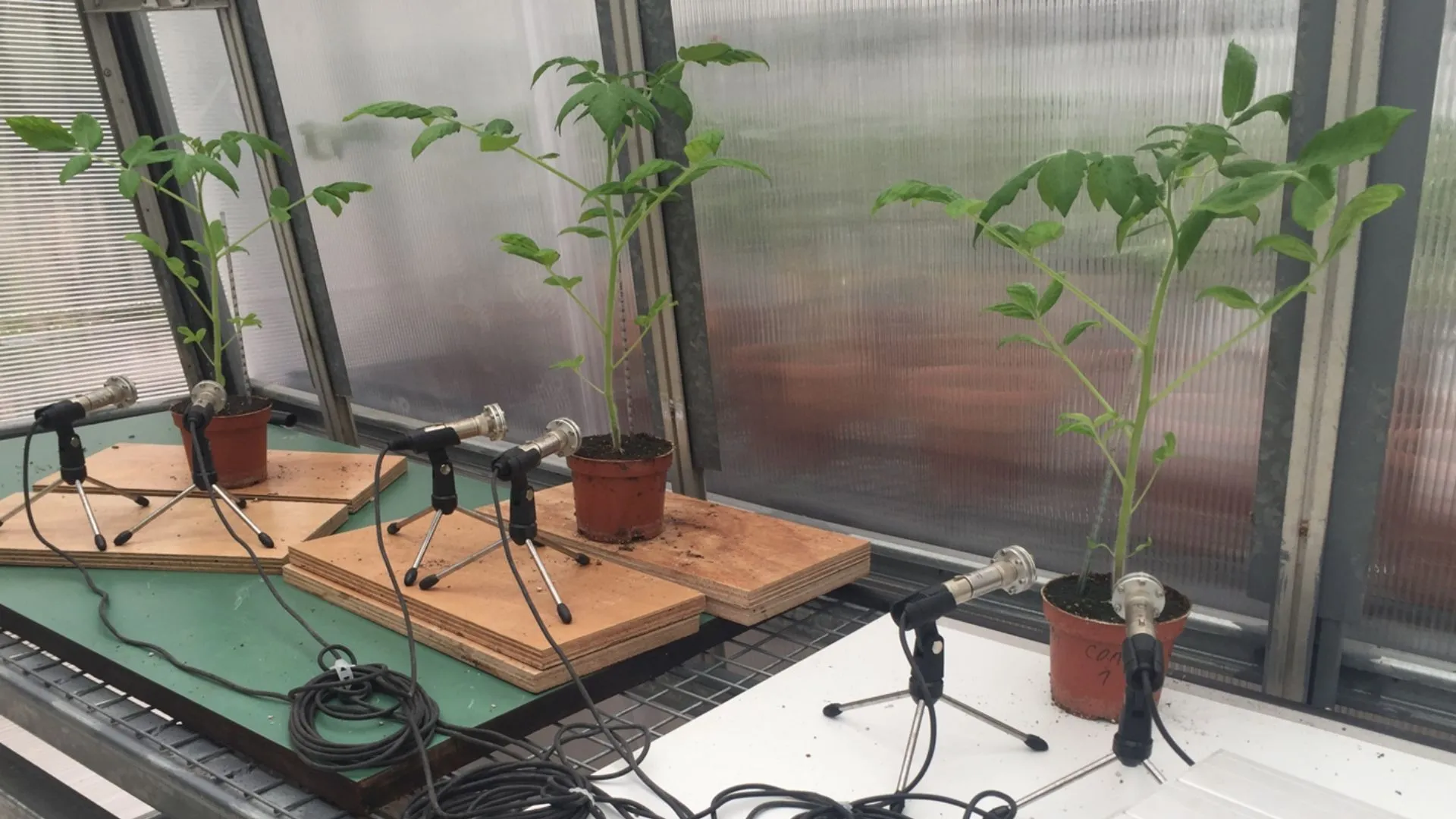
When deprived of water or snipped with scissors, plants emit a flurry of staccato “screams” that are too high-frequency for humans to hear, a study suggests. When lowered into a range that human ears can detect, these stress-induced pops sound like someone furiously tap dancing across a field of bubble wrap.
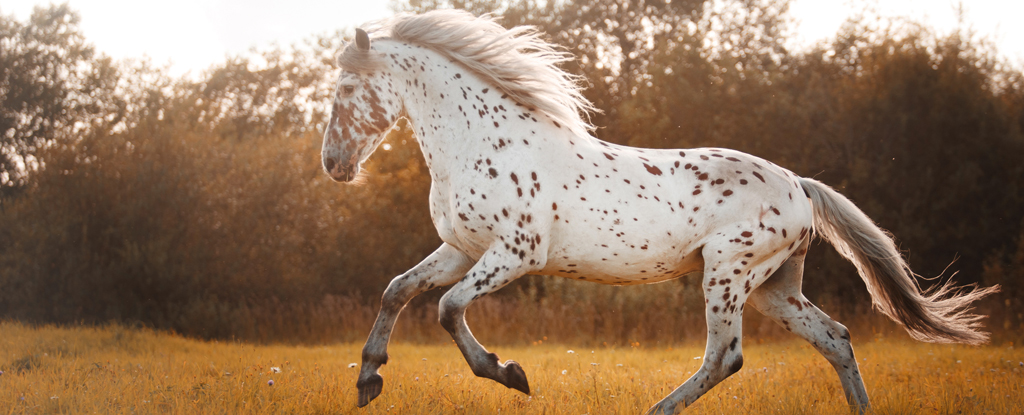
Native American people integrated horses into their communities much earlier than European colonial records suggest, according to an innovative study that combined archaeological and genetic analysis with Indigenous oral traditions.
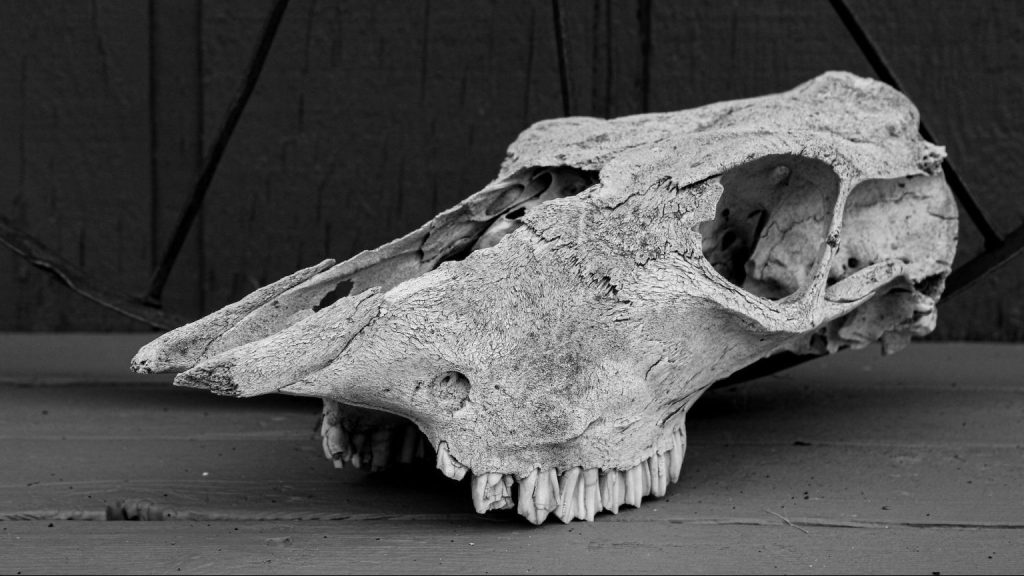
Sixty thousand years ago, give or take a few millennia, bands of Neanderthals thrived in a valley in central Spain, doing everything they needed to survive generation after generation. But about 45 miles north of what is now the city of Madrid, researchers have discovered a site that makes a strong case for a totally unheard-of Neanderthal behavior.

The first DNA recovered from members of the medieval Swahili civilisation has revealed that Africans and Asians were intermingling along the East African coast more than a thousand years ago, a study has revealed.

Human longevity records may be broken in the next few decades, a new modeling study suggests.The study, was published on March 29 in the journal PLOS One.








